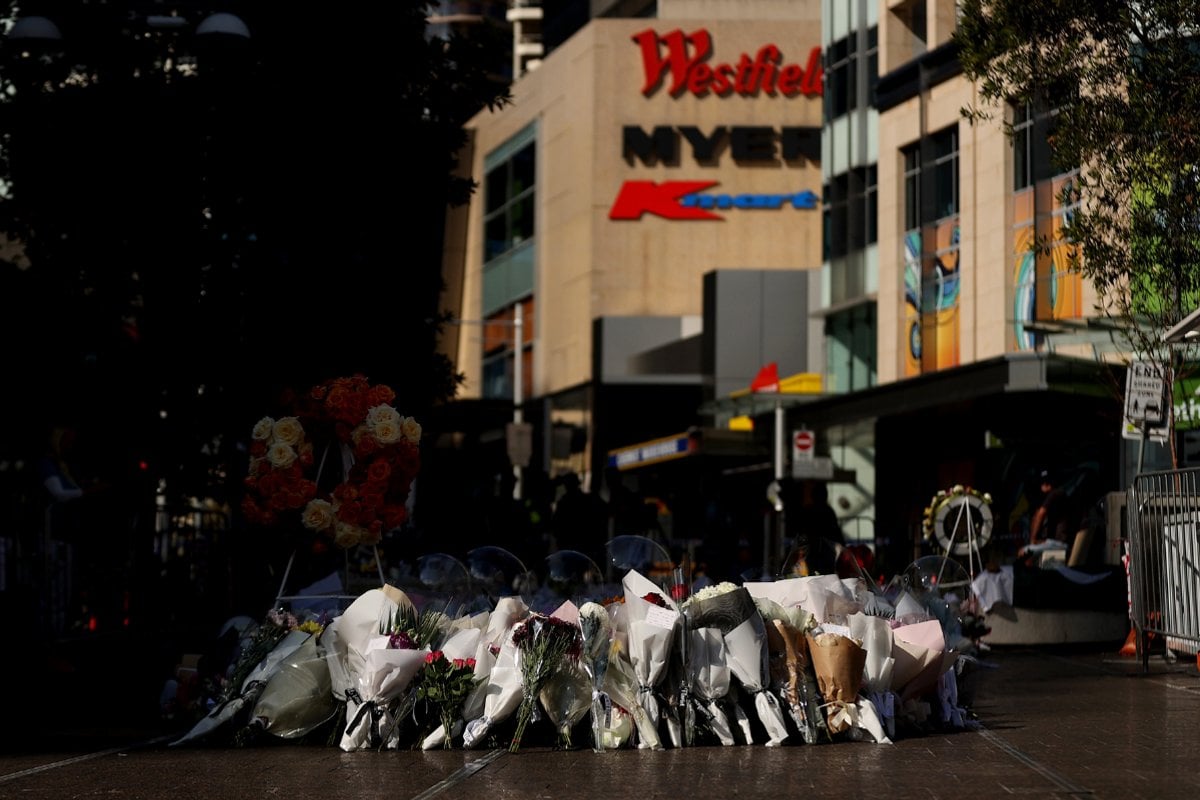
Over the weekend, a horrific act of violence occurred.
Within 30 minutes of the Bondi Junction Westfield attacks taking place, there were dozens of videos being disseminated across social media.
Some videos were worthy of headlines, coverage and analysis. Many traced the movements and actions of the knifeman, and will likely now help police with their investigation.
Then there were the other videos. The ones that were nothing but vulgar and snuff-like — zooming in on the victims as they lay dying, stripping them of their dignity.
When in a terrifying situation, watching someone in their final moments, why is it some people's first instinct to get their phone out? Further than that, why do they think it's okay to then post their photos and videos online?
They might claim they were spreading awareness or sharing "news". But that's not the truth. Some of the content shared online depicted unadulterated horror.
Watch: Tributes for victims of Bondi Junction Westfield attack. Post continues below.
